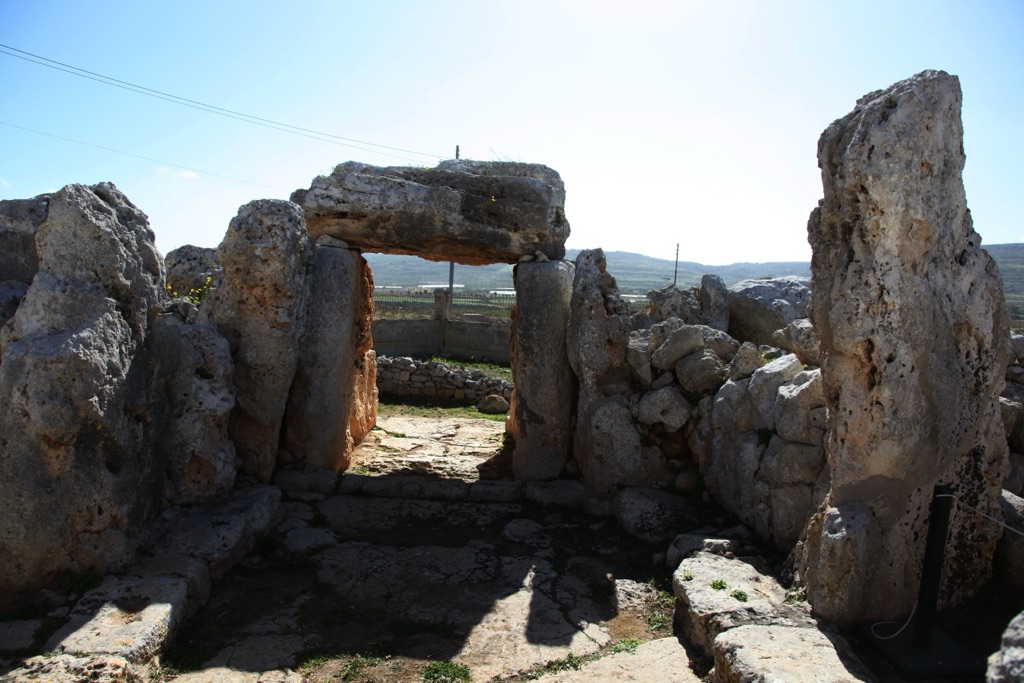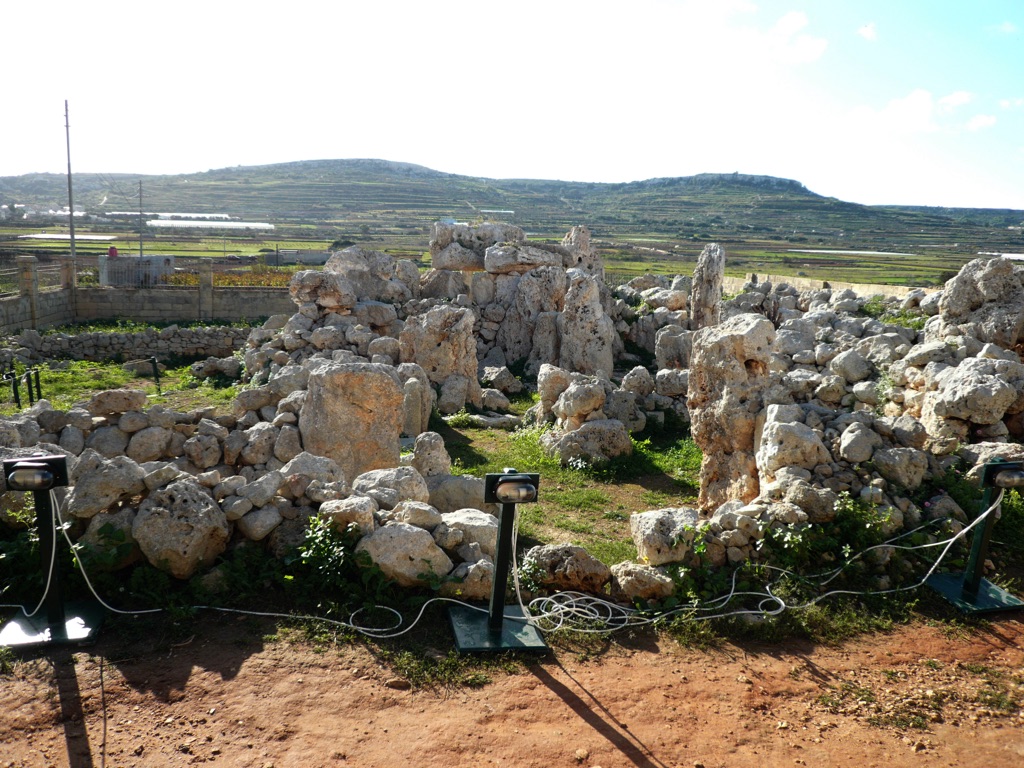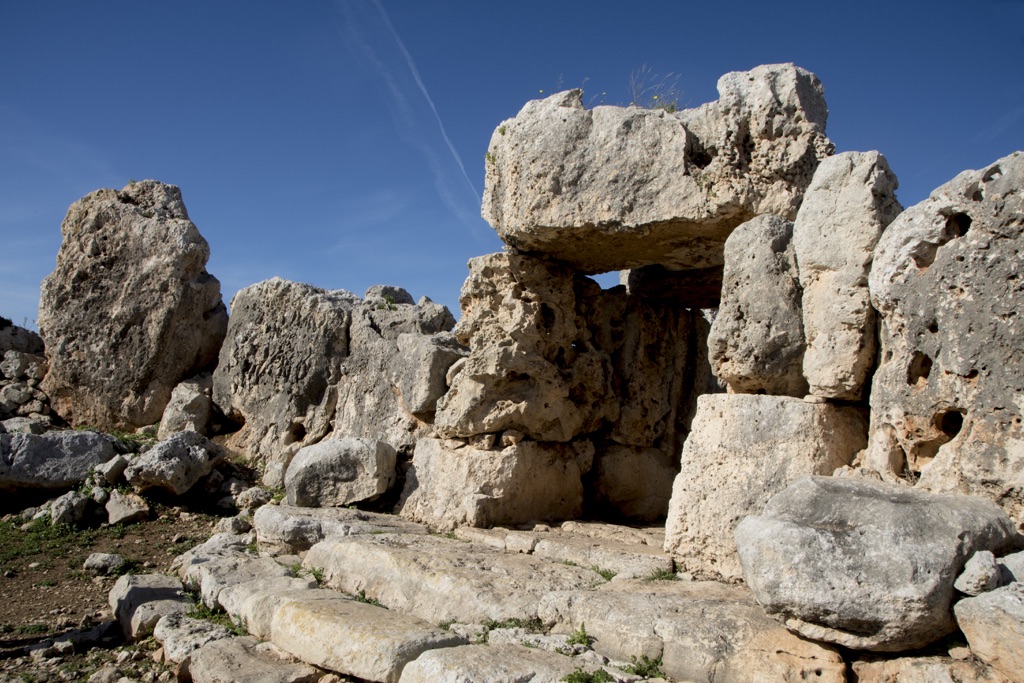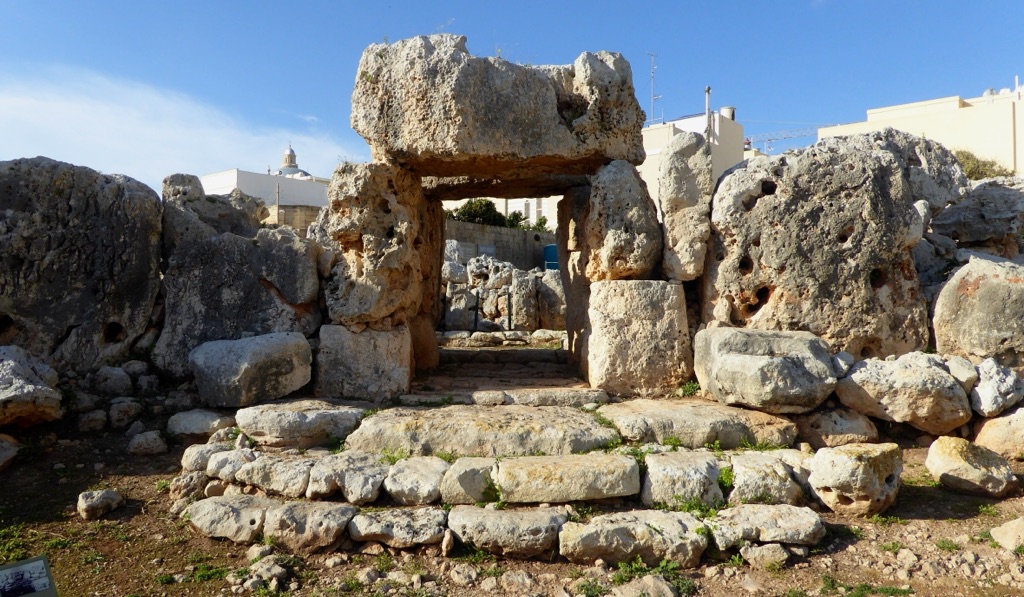The Archaeological Significance of Ta’ Ħaġrat Temples
The Ta’ Ħaġrat temples, located in the village of Mġarr, Malta, stand as a testament to the architectural and cultural achievements of prehistoric societies. These temples are part of a group of megalithic structures that have been recognized by UNESCO as World Heritage Sites, underscoring their global importance as some of the world’s oldest religious sites.
Get your dose of History via Email
Historical Context and Dating
The larger of the two Ta’ Ħaġrat temples dates back to the Ġgantija phase (3600–3200 BC), while the smaller temple is attributed to the Saflieni phase (3300–3000 BC). These structures are built from lower coralline limestone, the oldest exposed rock on the Maltese Islands, indicating the early human interaction with the natural resources of the area.

Architectural Features
The major temple at Ta’ Ħaġrat is characterized by its trefoil design, with a concave façade that opens onto a spacious semicircular forecourt. This design includes a monumental doorway and a bench at its base, leading into a central court made of torba, a cement-like material. The court radiates into three semi-circular chambers, which were partially walled off during the Saflieni phase. The use of corbelling in the apses suggests that the temple was once roofed, a feature that is further supported by the discovery of a small sculptured model of a temple, showcasing the typical structure of a Maltese temple including a trilithon façade and upper layers of horizontal corbelling.

The minor temple, dating to the Saflieni phase, exhibits a simpler and more archaic design. It is accessed through the eastern apse of the larger temple and is constructed with smaller stones, indicating a possible evolution in architectural techniques or a variation in the availability of resources.

Excavations and Discoveries
Excavations conducted between 1923 and 1961 by notable archaeologists such as Sir Temi Zammit and David H. Trump have provided valuable insights into the construction and use of these temples. The discovery of pottery deposits predating the temples suggests that the site was originally a village, with the earliest pottery dating to the Mġarr phase (3800-3600 BC). These findings highlight the continuity of human activity in the area and the significance of the Ta’ Ħaġrat site in understanding the prehistoric era of Malta.

Conclusion
The Ta’ Ħaġrat temples offer a unique glimpse into the religious and social practices of prehistoric Malta. Their architectural complexity and the artifacts discovered within them reflect the advanced nature of the societies that built them. As part of the UNESCO World Heritage Sites, Ta’ Ħaġrat continues to be a focal point for archaeological research and a source of national pride for Malta. The ongoing conservation and management efforts ensure that these ancient structures will continue to be appreciated by future generations, providing insights into the technological and cultural achievements of our ancestors.
Sources:
Wikipedia
UNESCO
Heritage Malta

